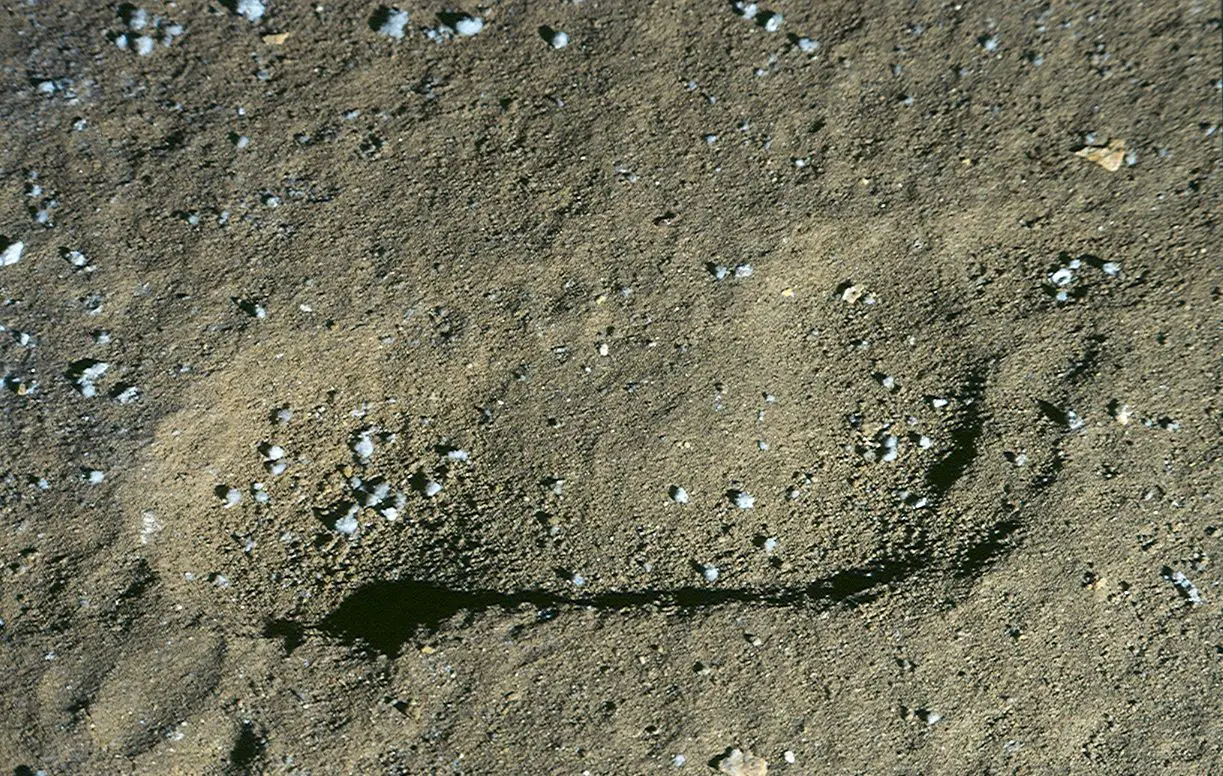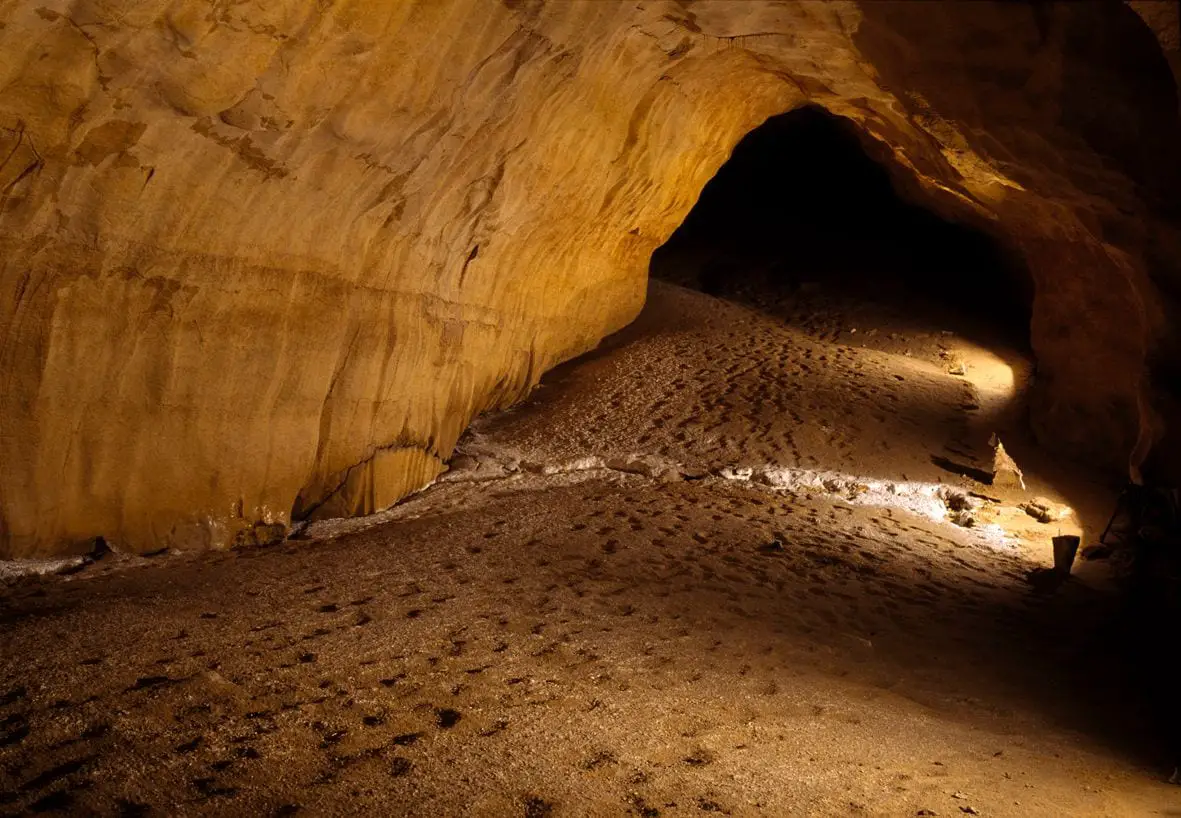The CENIEH has participated in the study of the prints of bare feet found at the Sala y Galerías de las Huellas site in the Ojo Guareña Karst Complex (Burgos), which are the marks left in a soft floor sediment of an exploration by a small group of people between 4600 and 4200 years ago.
Dating carried out in the access galleries to this site has documented intensive human traffic during the Neolithic, Mesolithic and Upper Paleolithic, confirming reiterated visits to this great cave complex throughout prehistory.
The prestigious publisher Springer Nature has just published a monograph with 22 chapters dedicated to the research and analysis of the main prehistoric human footprints preserved around the world. The Centro Nacional de Investigación sobre la Evolución Humana (CENIEH) has participated in chapter 17, which covers the prints of bare feet preserved in the soft floor sediment of Palomera Cave in the Ojo Guareña Karst Complex (Merindad de Sotoscueva, Burgos).
These footprints, ascribed to traces left by about ten individuals who explored the caves between 4600 and 4200 years ago, were discovered in 1969 by Grupo Espeleológico Edelweiss (GEE) at the Sala y Galerías de las Huellas site, some 1200 m from the entrance to Palomera Cave. The fragility of the footprints and their environment meant it was not possible to study them, and doing so has had to await the development of the new non-invasive teledetection techniques.
“Thanks to 3D scans and digital photography, in combination with GIS techniques, we have been able to meticulously identify over 1200 human footprints at this site”, explains the archaeologist Ana Isabel Ortega, a researcher at the CENIEH and the Fundación Atapuerca who led this study.

Radiocarbon dating
This work also includes an array of radiocarbon dates for the remains of torches found both along the itinerary in the Galerías de las Huellas, where the human footprints are preserved, and in the access galleries to the same: the sector of Laberinto Otilio, Sala Negra and the sides of Galería del Cacique.
“The exceptional nature of these incursions is due to how complex access is. Studying the route taken by the explorers and their trackways is enabling us to learn more about how the subterranean world was used in prehistory, and especially about the use of the dark zone as part of the journey toward a symbolic and social landscape”, adds Ortega.
Of the samples dated, six are from the itineraries where the prints of bare feet are preserved, with dates ranging from 4600 to 4200 years ago (Chalcolithic). However, along the access conduits, the chronological range expands considerably. Apart from two Chalcolithic dates situated in the immediate access to Sala de las Huellas, four samples were documented between 6600 and 6200 years ago (Neolithic) and three others between 7800 and 7700 years ago (Mesolithic). The most ancient is dated to around 19000 years old (Upper Paleolithic).
“The advances in the prehistoric research at Ojo Guareña are underlining the intensive and reiterated use of the subterranean world during prehistory”, concludes Ortega.





